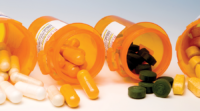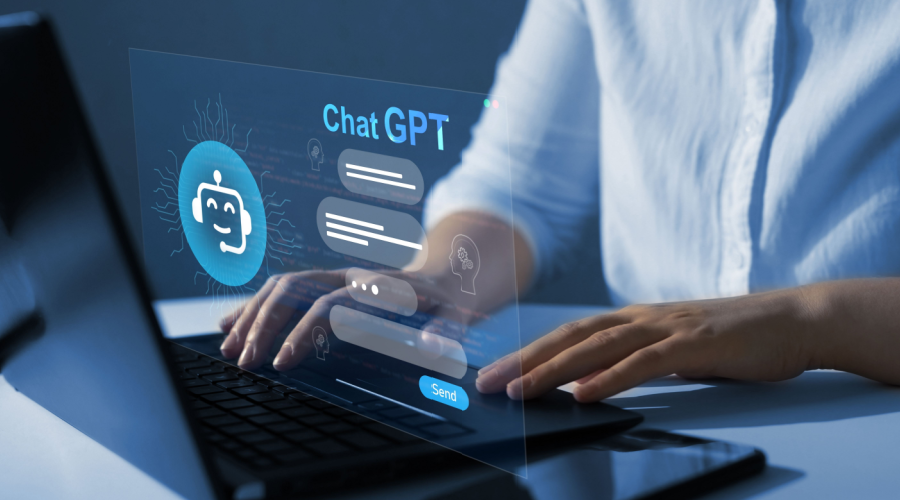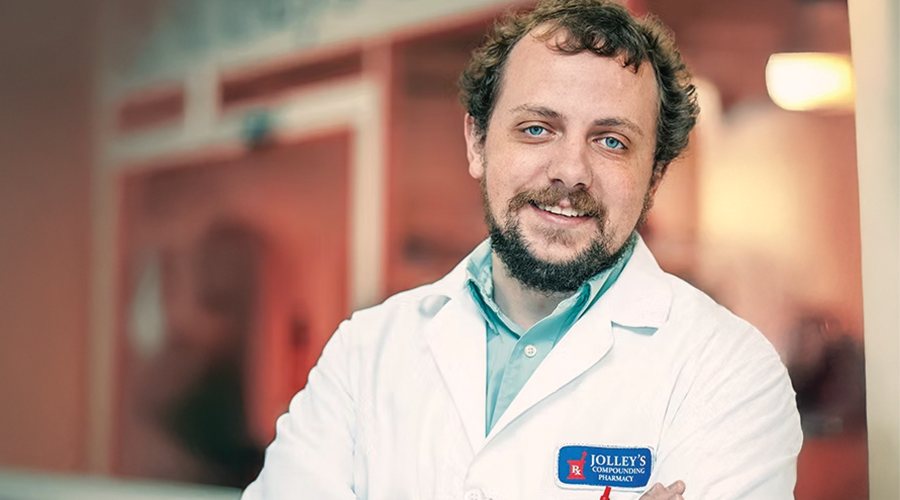The smartwatch on Mrs. Smith’s wrist could detect when she’s coming down with a cold.
At least that’s what a recent study published in PLOS Biology found.
“We can tell when people get sick, at the earliest possible times, probably even before they realize it,” said the study’s lead author Michael Snyder, a professor and chair of the department of genetics at Stanford University. “These smartwatches pick that up.”
Wearables that continuously monitor body functions like heart rate, skin temperature, blood oxygen levels and physical activity produce reliable data that can establish a person’s physiological baseline and make it easy to detect changes.
“Your car has 400 sensors on it and is always monitoring how it’s performing, and the average human has zero,” Snyder said.
But that’s changing. Instead of using the general population to define a person’s healthy baseline, wearables establish a baseline specific to each person’s body.
“That really is what personalized medicine is all about,” Snyder said. “We all have different resting heart rates, blood oxygen levels and skin temperatures. You have to first define that for each individual when they’re healthy.”
Putting it all together
With a steady baseline and continuous monitoring, wearables can immediately detect deviations—and potential illnesses. For example, a severe elevated heart rate over a period of time can indicate an inflammatory disease, as it did for Snyder (who provided samples for the study) when he contracted Lyme disease during the study. The devices can even detect if someone is at risk for type 2 diabetes.
“It’s the ultimate personalized medicine,” Snyder said. “What was sort of a toy can now become a mainstream health monitor.”
Snyder said the study opens the door for detecting even more diseases, including neurological diseases and Parkinson’s. “I think we’ll wind up using them as measures of illness in a number of different contexts,” he said.
Implications for pharmacies
What wearables will mean for patient care and pharmacies depends on the technology itself, its integration with physicians, and the changing regulatory environment.
Wearables may enable pharmacists to better understand the effects of a prescription on a patient in the future. “It’s going to give you instant feedback on your physiology,” Snyder said. “So you’ll know right away if your medication is working.”
They could also potentially improve adherence by alerting patients when they get out of sync or miss a day.
And, wearables could drive more over-the-counter (OTC) sales as people who suspect an oncoming cold purchase OTC remedies to combat it.
As pharmacists fight for provider status, it’s possible they could eventually monitor patients’ health remotely, or directly download the data at the pharmacy. “Information can go in your smartphone,” Snyder said, “so in principle, you can share the information with all the relevant people.”
Most importantly, the technology puts patients in better control of their health. “I don’t think any doctor can understand you the way you understand you,” Snyder said. “It’s a good thing to empower people to take charge of their health.”
Want more business tips and advice for your independent pharmacy? Sign up for our e-newsletter.











